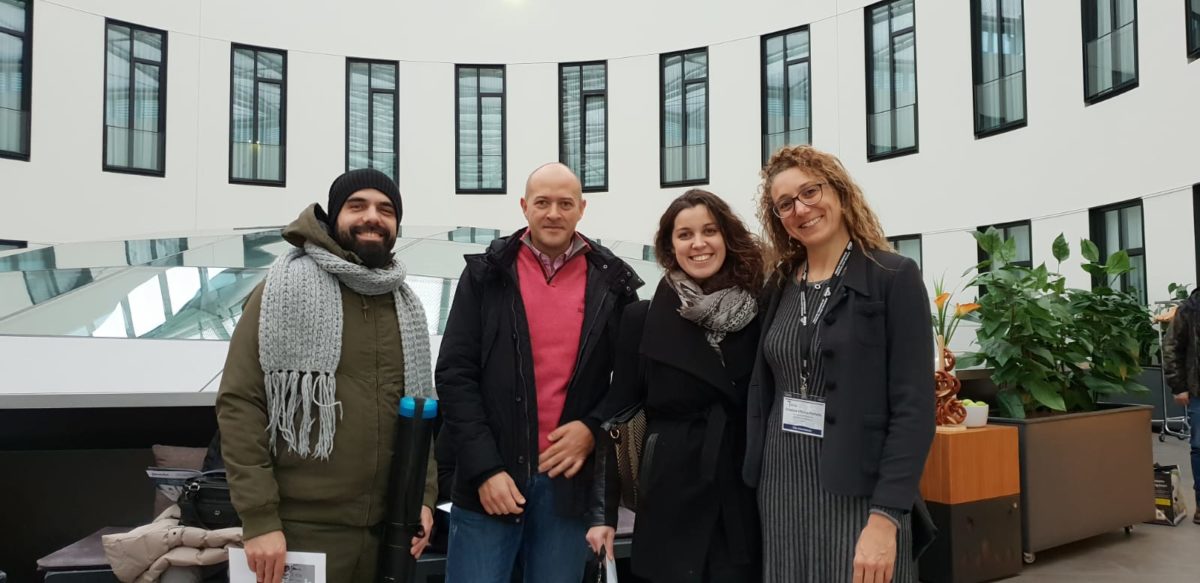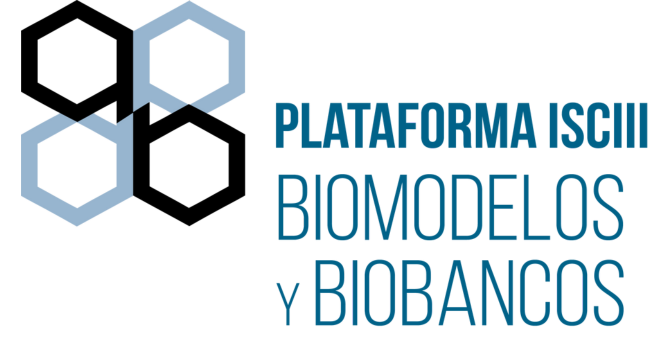A recent study by the National Biobank Network published in Scientific Reports provides evidence on the influence of the lung tissue stabilization method on the quality of RNA obtained. The results of this work will be of great help to contribute to the standardization in the pre-analytical stage of the studies and advise researchers when using human samples in their projects.
 From left to right, Fernando Gómez-Romano, José Antonio Carrillo-Avila, Margalida Esteva-Socias and Cristina Villena, authors of the paper together with Alicia Loreto. [/caption]
From left to right, Fernando Gómez-Romano, José Antonio Carrillo-Avila, Margalida Esteva-Socias and Cristina Villena, authors of the paper together with Alicia Loreto. [/caption]
This work has been coordinated by the CiberES Biobank Pulmonary Platform in The IdISBa with the participation of the Biobank of the SSPA in the framework of the OPTIMARK project of the RNBB, a project that has opened new lines to be explored in the young discipline “Science of the Especimen”(Biospecimen Research of the Especimen).
The authors have evaluated the quality of lung tissue RNA from 20 patients (excess surgery and organ donations) that were stored simultaneously with four widely used conservation methods in pathological anatomy services, biobanks and research groups (laterRNAs, immediate freezing, freezing in OCT blocks and formol-paraffin fixation).
The results obtained in this study will allow researchers to advise on selecting the types of biological samples to be used in their projects, depending on the technique they want to carry out. Therefore, they will help to accelerate the actual application of the knowledge generated and thus benefit patients.
‘Biospecimen science’, an emerging discipline
This study is part of the emerging discipline called Biospecimen Science,which focuses on studying how pre-analytical factors can alter the quality of samples and thus contribute to solving one of the main problems of current biomedical research: the irreproducibility of the results of many studies.
Thus, the authors have focused on studying how the conservation method can affect the quality of RNA derived from human tissue samples and, therefore, the results obtained, since very rarely samples of fresh tissue are available, which would be the ideal study material.
La importancia de la calidad de las muestras
La investigación claramente traslacional está orientada hacia la medicina personalizada y el uso de terapias dirigidas. Para ello se necesitan validar nuevas herramientas y biomarcadores que requieren un gran número de muestras humanas (procedentes de excedentes diagnósticos) con información clínica asociada. Es aquí donde los biobancos desempeñan un papel fundamental, porque suministran muestras biológicas humanas a los investigadores, con altos estándares de calidad, con datos clínicos relevantes y desde diferentes hospitales de forma homogénea, con el fin de evitar sesgos y que la investigación sea eficaz, permitiendo una rápida aplicación del nuevo conocimiento en la actividad clínica asistencial habitual.
Artículo de referencia:
Esteva-Socias, M., Gómez-Romano, F., Carrillo-Ávila, J.A. et al. Impact of different stabilization methods on RT-qPCR results using human lung tissue samples. Sci Rep 10, 3579 (2020). https://doi.org/10.1038/s41598-020-60618-x
